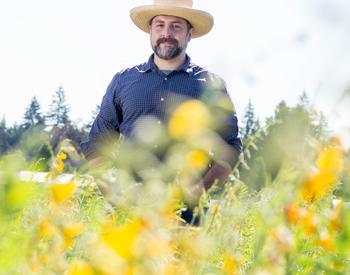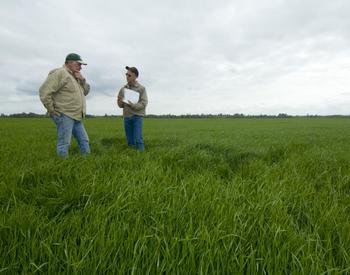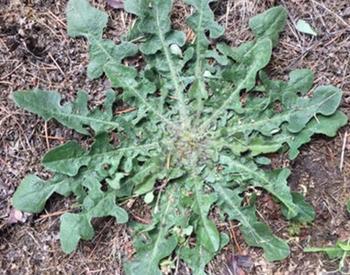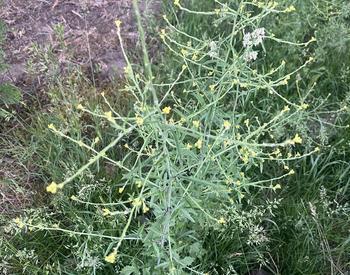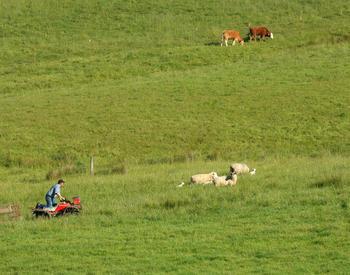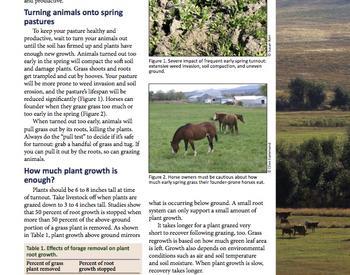Transcript
Welcome to living on the land, an award-winning source of useful information for Eastern Oregon Country living, brought to you by your Oregon State University Extension Service. How you manage your pasture in the spring can make a big difference in the growth and health of both your pasture and your animals. Here are some more tips to keep your pastures healthy and productive. It's important that pasture plants be the right height before turning out your livestock in the spring. We recommend waiting until the plants are 6 to 8 inches tall, then take your livestock off when plants are grazed down to about 3 to 4 inches. That's because what happens to the plant above? Ground affects what happens to it below when half of what you see is removed, half of root growth is stopped and a small root system can only support a small amount of plant growth. So it takes longer for a plant grazed too short to recover. Here's a possible solution. When you use rotational grazing, subdivide your pastures into several smaller units called cells. Then move your animals through the cells as grass is grazed down to three to four inches, you might need to sacrifice area or all season pen and some hay to hold animals until grass has regrown and is ready again for grazing, and finally to help control internal parasites. Move your animals to the next grazing cell after four or five days. And wait at least three weeks before returning to a cell. Good planning and a little patience before spring turnout will reap long term rewards with improved health, good growth and a longer life for your pasture. And most importantly, you'll keep your animals healthy and safe. This has been another episode of living on the land. For more information on pasture and livestock management, contact your local extension agent soil and Water Conservation district or State Department of Agriculture Technical and Financial Assistance is available for livestock owners wishing to address resource concerns on their property.
This podcast is part of the Living on the Land series. It provides concise information on essential management practices for maintaining a high-quality, productive pasture and healthy livestock. Primarily directed to eastern Oregon small acreage landowners.
This is from the Living on the Land series. Download the related PDF - Living on the Land: Spring Pasture Essentials or watch the related video - Living on the Land: Spring Pasture Safety Check.
Listen to the three-part podcast episodes:
- Spring pasture essentials - part 1
- Spring pasture essentials - part 2
- Spring pasture essentials - part 3
The phrase “Living on The Land” is used with permission from Living on The Land Stewardship for Small Acreage, © 2008, UNCE/WSARE.





